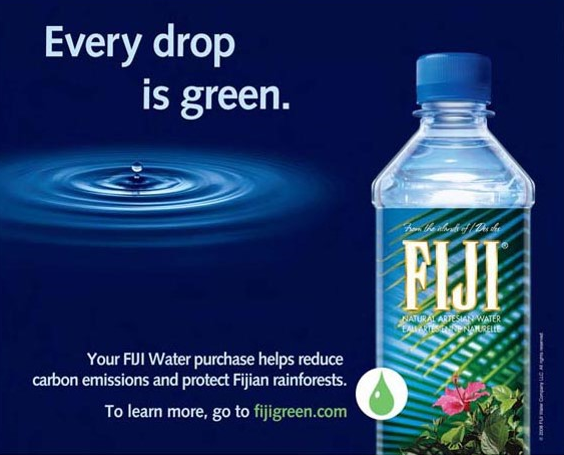This Communication Health, Science and the Environment class has taught me a lot of interesting things this semester. Prior to this course, I had never thought about the health industry and the effects that it has on everyday people. Through the course reading and lectures, I learned how issues with communicating with health specialist such as doctors had a direct effect on my family’s health. I did not realize that issues in understanding my families health history and the norm with my family of not going to the doctor was impacting me and how it had impacted my family in the past.
During the Science portion of this class, the main idea that stuck with me was that scientist were basically facing the issue of be ignored by letting it happen. I found it interesting that scientist were writing about their finding in scientific journals that were using only seen by the scientific community, while the media was able to influence the general public about science based on whatever they thought made for a good story. This, along with a literacy gap, allowed for the general public to alienate the scientific community and feel as if they were not as important as they truly were.
My favorite unit, and the one that I took the most from, was the environment unit. This unit taught me things that are applicable to what I do in my everyday life. I am an environmental studies major, and I currently work for organizations who focus on communicating environmental issues to the public, as well as attempt to teach them how to mitigate these issues. The environmental unit taught me about more about the effects of American consumerism and what the production process does to the environment. I had always tried to teach the public about his issue but I felt that the reading that were provided in this class and the video from “The Story of Stuff” really taught me some useful thing about this topic.
Overall, I truly enjoyed this class and I learned more from in than I can say in this blog post. I feel like I am walking away from this class with an entire new mindset. I would love to take more classes like this one if they were taught by Dr. Sastry.
Josh Clyde








